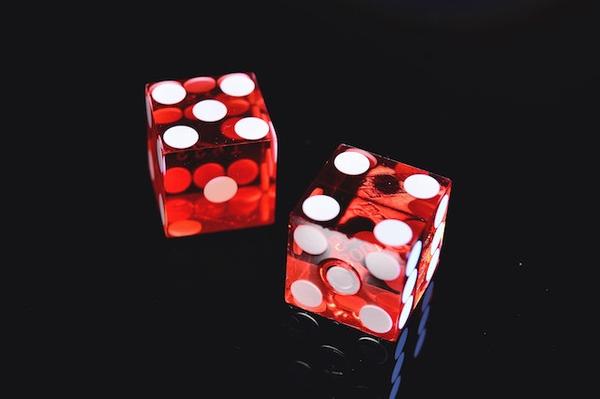Summary of Magic: Meta-ability Guided Interactive Chain-of-distillation For Effective-and-efficient Vision-and-language Navigation, by Liuyi Wang et al.
MAGIC: Meta-Ability Guided Interactive Chain-of-Distillation for Effective-and-Efficient Vision-and-Language Navigation
by Liuyi Wang, Zongtao He, Mengjiao Shen, Jingwei Yang, Chengju Liu, Qijun Chen
First submitted to arxiv on: 25 Jun 2024
Categories
- Main: Computer Vision and Pattern Recognition (cs.CV)
- Secondary: Artificial Intelligence (cs.AI)
GrooveSquid.com Paper Summaries
GrooveSquid.com’s goal is to make artificial intelligence research accessible by summarizing AI papers in simpler terms. Each summary below covers the same AI paper, written at different levels of difficulty. The medium difficulty and low difficulty versions are original summaries written by GrooveSquid.com, while the high difficulty version is the paper’s original abstract. Feel free to learn from the version that suits you best!
| Summary difficulty | Written by | Summary |
|---|---|---|
| High | Paper authors | High Difficulty Summary Read the original abstract here |
| Medium | GrooveSquid.com (original content) | Medium Difficulty Summary The paper proposes a novel approach to develop lightweight student models for Embodied Artificial Intelligence (E-AI) tasks, particularly Vision-and-Language Navigation (VLN). The Meta-Ability Guided Interactive Chain-of-distillation (MAGIC) method uses knowledge distillation to obtain smaller models that are more suitable for robotics integration. The proposed framework includes a Meta-Ability Knowledge Distillation (MAKD) module and two additional modules: Meta-Knowledge Randomization Weighting (MKRW) and Meta-Knowledge Transferable Determination (MKTD). These modules enable dynamic weight adjustments at the meta-ability and sample levels, allowing students to give feedback to teachers. The authors also propose an Interactive Chain-of-Distillation (ICoD) learning strategy for teacher-student co-evolution. Experimental results show that the smallest model, MAGIC-S, outperforms previous methods on the R2R test unseen public leaderboard, while the largest model, MAGIC-L, achieves state-of-the-art performance in SPL and SR. |
| Low | GrooveSquid.com (original content) | Low Difficulty Summary The paper develops a new method to create smaller artificial intelligence models for tasks like navigating through environments. These models are more suitable for robots because they don’t require as much computer power or memory. The authors propose a way to “teach” these smaller models by giving them feedback from larger, smarter models. This allows the smaller models to learn and improve over time. The results show that this method can create models that perform well on a specific task called Vision-and-Language Navigation. These models can be used in real-life scenarios, like robots navigating through homes. |
Keywords
* Artificial intelligence * Distillation * Knowledge distillation




